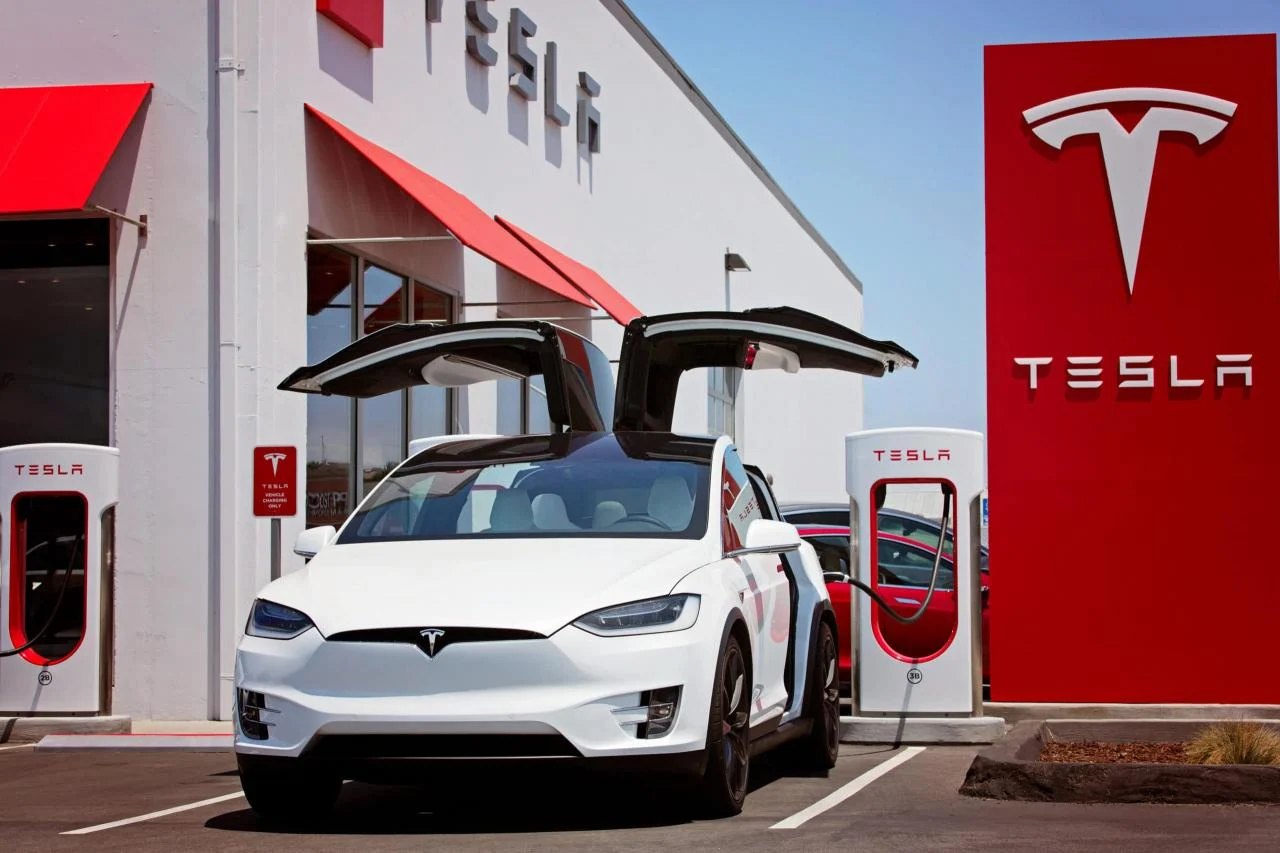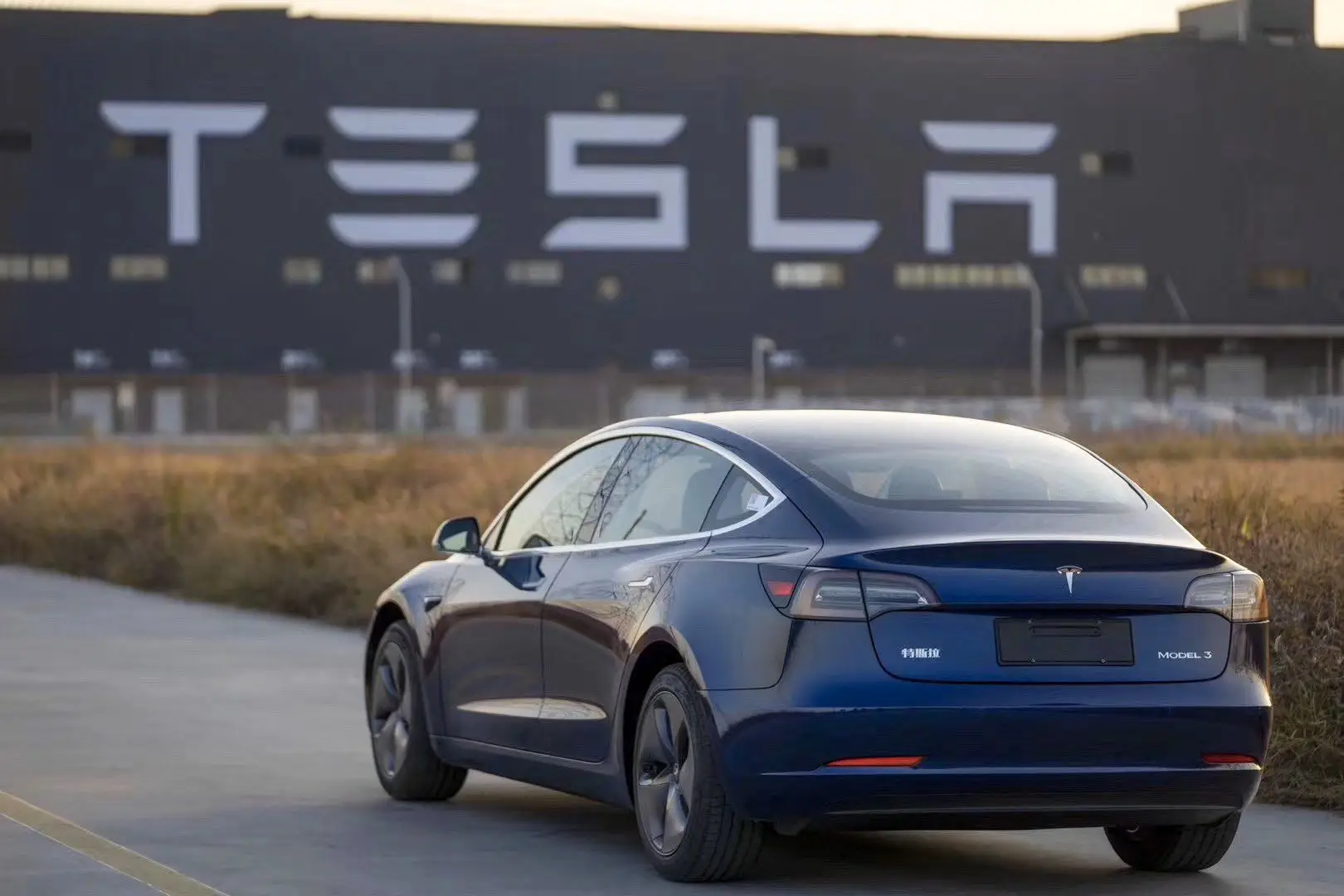Determining whether a country’s stock market is experiencing a significant bubble or is at an extreme bargain during continuous uptrends or downtrends isn’t always straightforward for a value investor. Warren Buffett often employs a simple analogy: “If someone’s weight reaches 200 pounds, it’s obvious they’re overweight.” While this method works well for individual stocks, applying it to the entire market is more challenging.
Buffett also suggests a broad guideline: when the total market capitalization to GDP ratio falls between 80% and 120%, the market valuation is generally considered normal. If it exceeds 120%, there may be suspicions of overvaluation, though not definitively so. However, rapid societal changes, such as the dominance of high-tech companies today, make it difficult to ascertain market valuations accurately.
Many compare the current surge in the US stock market to the dot-com bubble of 2000, but this analogy falls short. Unlike then, the current Big 7 in the US stock market not only continues to grow profits but also anticipates sustained growth with no apparent factors hindering their profitability.
Presently, the US stock market is undoubtedly overvalued, but reaching a definitive conclusion is challenging due to potential shifts in the landscape. For instance, the scale of platforms like Alipay and WeChat Pay was unimaginable in the past, reflecting the evolving market dynamics.
However, individual stock valuations remain effective, typically determined by their future discounted cash flows. Examining specific stocks can offer a rough yet accurate assessment of whether the US stock market is overvalued and to what extent.
Regarding specific companies, Dell Technologies(DELL)’s recent stock price surge, despite declining revenues, underscores market enthusiasm for its AI server prospects. Conversely, Costco’s stock price dip post its fiscal report might indicate overly optimistic pricing, considering its historical growth rates.
The valuation challenges extend to retail giants like Walmart, whose stagnant profits and high PE ratios suggest an overvaluation reminiscent of decades ago. Similarly, Target’s recent profit growth, largely driven by cost reductions, underscores its lower valuation potential.
The remarkable growth of the Big 7 companies since January 2023, driven by AI prospects, reflects market optimism toward future profitability. However, companies lagging in AI adoption, like Apple(APPL) and Tesla(TSLA), have seen weaker performances, highlighting the importance of clear AI strategies.
Buffett’s recent shareholder letter hints at potential market instability, emphasizing Berkshire Hathaway’s increased cash holdings and investments in short-term US Treasury bonds, rather than the stock market.
Despite the market’s evident bubble, accurately determining its extent remains challenging. Market bubbles often accelerate before bursting, presenting a perplexing phenomenon. Nevertheless, the self-evolutionary nature of market trends, whether in accelerating uptrends or precipitating downturns, underscores the complexities of market analysis.
Even for traditional computer hardware companies like Dell, whose stock price soared from a low of $12 in March 2020 to a peak of $131 within just four years, there are valuation puzzles. The market’s enthusiasm for Dell likely stems from its anticipated prospects in AI servers. Despite significant insider selling by the company’s management, the market seems unfazed, indicating a fervent embrace of AI technologies.
In contrast, after Costco(COST)’s fiscal second-quarter report for 2024, its stock price dropped by 7%, reportedly due to slightly lower-than-expected holiday sales. However, Costco’s revenue continues to grow at its historical pace, albeit with diminishing growth rates due to its larger scale. Nevertheless, its profit growth remains relatively high.
The market’s reaction to Costco’s stock price decline may be attributed to its previous rapid rise, from $451 in March 2023 to a peak of $738 a year later. Despite historically trading at a PE ratio of 20-30x, Costco’s valuation has surged to nearly 50x amidst the market frenzy. However, challenges lie ahead as emerging cross-border e-commerce platforms like Pinduoduo’s Temu and TikTok Shop could pose significant competition to Costco’s business model.
Similarly, Walmart(WMT), despite its stock price trajectory resembling that of a unicorn growing into a behemoth, has seen modest revenue growth of just over 30% in the past decade, with stagnant net profits. With a current PE ratio exceeding 30x, Walmart’s valuation reflects levels reminiscent of its high-growth era decades ago. A more reasonable PE ratio of around 10x might be warranted given its matured growth phase and potential future revenue declines.
Meanwhile, Target’s recent profit surge in fiscal year 2024, driven largely by cost reductions, underscores its potential for profitability. However, its current PE ratio might need to adjust downward to reflect the gap between its current net profit of $4.1 billion and its peak profit of $6.9 billion.
Examining the market’s focus on the Big 7 companies since January 2023, with their market capitalization surging by over 80% and comprising over 25% of the S&P 500 index, reveals a shift towards companies with greater AI profit expectations. This trend has seen companies like Apple and Tesla lag behind their peers due to their slower AI adoption.
Apple’s recent underperformance in the stock market can be attributed to its failure to clearly articulate its utilization of AI trends to investors or consumers. While Apple’s valuation may be considered high, a potential drop in its stock price could present a buying opportunity given its consistent profitability.
In the latest annual shareholder letter, the Oracle(ORCL) of Omaha, Warren Buffett, discusses the current state of the stock market in rather cryptic terms. He emphasizes Berkshire Hathaway’s ability to deploy substantial funds to navigate market turbulence, which could present significant opportunities. Despite the market being much larger than when Berkshire was first established, Buffett notes that today’s market participants are no smarter or better educated than those of his youth. He observes a surge in casino-like behavior in the market, which has permeated many households, enticing family members on a daily basis.
Assessing whether the stock market is in a bubble and the extent of any bubble is always challenging. One characteristic of a stock market bubble is that as it approaches its bursting point, it tends to accelerate its ascent—a peculiar phenomenon. Perhaps it’s akin to the notion that before extinction, there must be madness. This presents a disaster for short sellers and often leaves prognosticators with egg on their faces.
Buffett often appears bewildered when discussing the market. However, the fact remains that Berkshire’s cash reserves are growing, and its increased investment in short-term US Treasury bills signals a lack of confidence in the stock market.
Over the past decade, many US companies have amassed significant cash reserves, and management teams are increasingly adopting Apple’s playbook: using surplus cash for stock buybacks, followed by share retirements. Enormous buyback funds serve as a driving force behind stock price appreciation, while share retirements reduce the float, contributing to sustained upward pressure on stock prices.
However, another phenomenon deserves attention: a growing number of management teams are selling substantial amounts of their company’s stock.
Regardless, it’s certain that the US stock market is experiencing a bubble, but determining its extent remains challenging. After all, even if market valuations are excessively high, they can either correct or continue to rise further. Once a market trend is established, it tends to self-evolve, accelerating as it progresses. The final stages of a bear market, characterized by rapid declines, often see leveraged speculative positions unwinding, resulting in a V-shaped bottom reversal. The late stages of a bubble-induced market also see accelerated upward movements, providing much food for thought.







